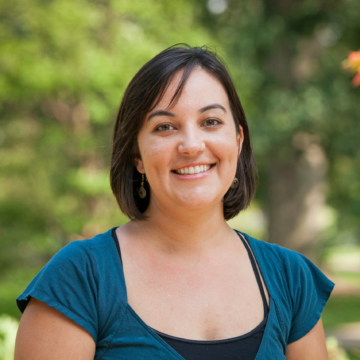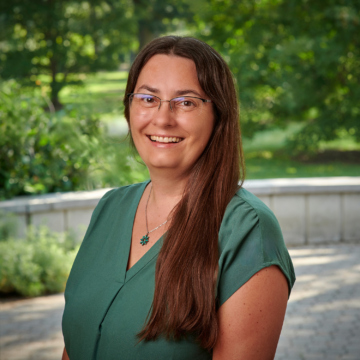Nitrogen deposition is among the most pervasive, and perhaps irreparable, anthropogenic global change phenomena. Midwestern forests exist within a matrix of fossil fuel-burning and intensive agriculture. As a result, these forests are exposed to some of the highest levels of N deposition in the United States. Concurrently, the relative abundance of oak seedlings and oak recruitment into the forest overstory have declined over the past several decades.
In this project, we are characterizing N deposition patterns across Chicago region forests and evaluating growth and physiological responses of red oak and sugar maple seedlings and their associated mycorrhizal fungi to nitrogen addition in a controlled greenhouse study. Given the limited resources available for managing natural areas, understanding the extent to which nitrogen addition alters seedling dynamics and where nitrogen deposition is most pervasive will aid land managers in maximizing oak regeneration success.

